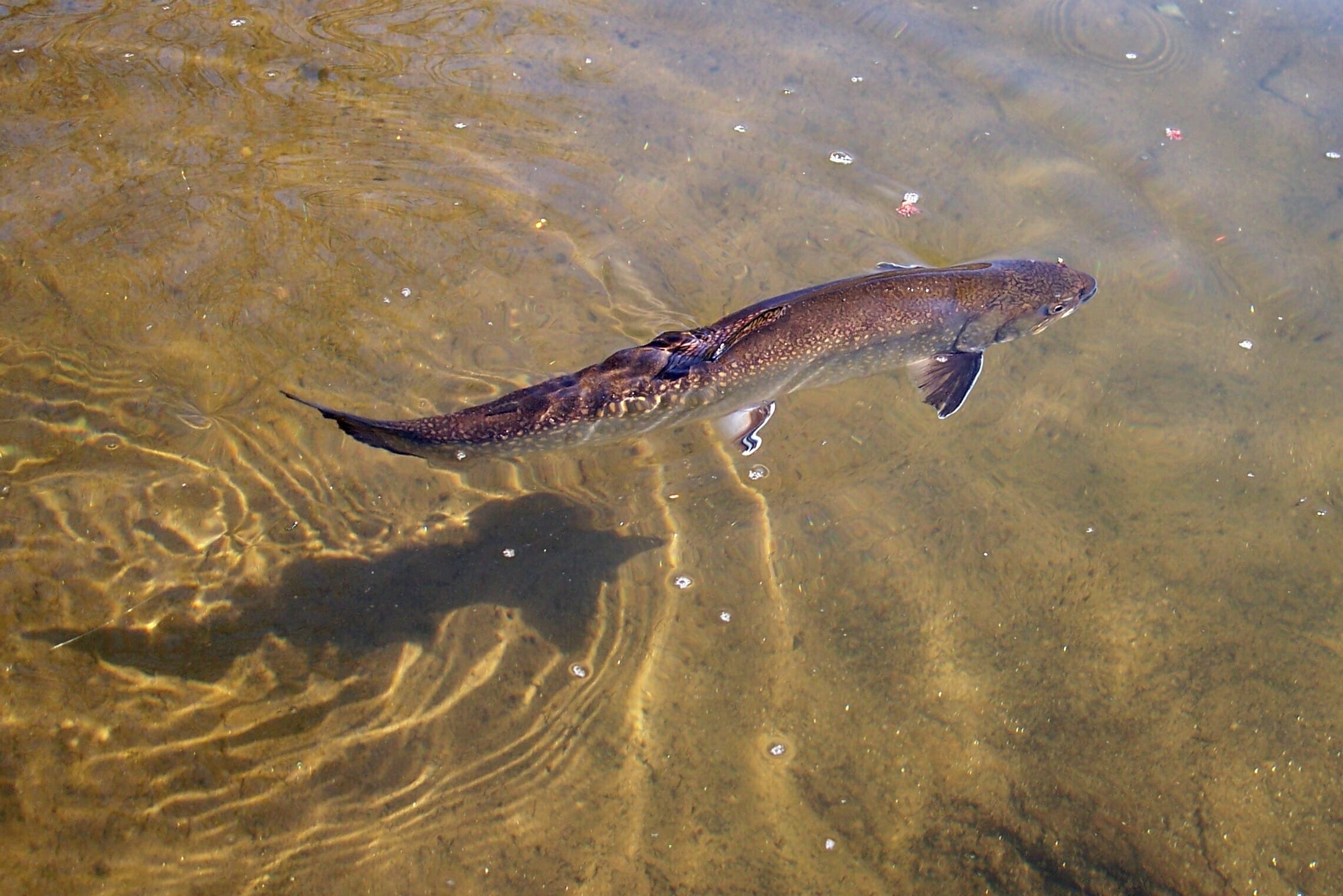Last week, Trout Unlimited posted a clip describing the proper way to de-bone a trout. Perhaps predictably, this was met by a few howls of outrage. “How can the organization that practically invented catch-and-release advocate eating a trout? Shame. Shame!”
The fact is, however, that not all wild fish are equal, and whacking one can help native fish. If you are fishing out West in Bull trout habitat, for example, and catch a beautiful brookie, whack it over the head where regulations permit. Brook trout are native to the East and interbreed with threatened Bull trout and outcompete native cutthroat. If you are hiking in the Gila Trout wilderness, and come across a rainbow trout in a recovery area for Gila trout, take the rainbow home with you and fry it for dinner. Introduced rainbows compete and hybridize with native Gilas.
Local conditions and fishing pressure can dictate whether harvest is appropriate, and erring on the side of caution with proper catch-and-release practices is wise. TU is proud to have helped popularize catch-and-release, and we remain committed to ethical fishing practices. In some cases, however, harvesting non-native trout can actually help to conserve populations of native fish. With that in mind, I am re-purposing a column I wrote in Trout magazine last summer with a few wild and native rules of the river.
- Know and celebrate your native trout and salmon. Take the opportunity to learn what fish are native to the waters you love to fish and how to identify them accurately.
- Carefully and quickly release native fish such as brookies in the East; cutthroat and other species out West; and rainbows along the Pacific Rim.
- If you want to take a picture of a fish that you plan to release, do so quickly, ideally without removing it from the water.
- Discourage state fish and wildlife agencies from stocking non-native trout in waters that harbor native trout fisheries. The place for stocked fish is generally not in the same waters occupied by reproducing populations of native trout.
- Carefully release wild fish from rivers where wild fish persist in the absence of natives or do not pose a threat to natives such as the Henry’s Fork, Madison, Beaverkill, and the lower Gunpowder.
- Enjoy an occasional non-native trout for the table, especially if you catch it in waters occupied by native trout where introduced trout are a threat and harvest is encouraged, such as rainbows in the South Fork of the Snake.
- Don’t be sanctimonious. Conservation is a long game. Patiently educating people about ways to protect wild and native fisheries creates a lot more converts than showing everyone else that you are pure and smart.
— By Chris Wood



